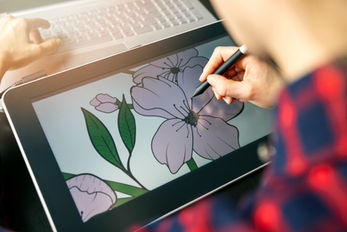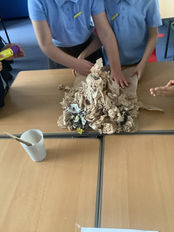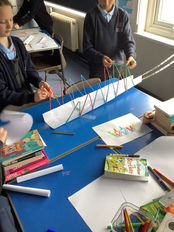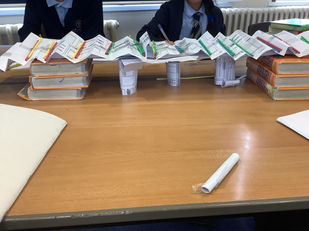

Subject Leader - Miss C. Hollick
Design & Tecnology
Year 1
Year 2
Year 3
Year 4
Year 5
Year 6

Curriculum Intent
Our Design and Technology curriculum is designed with the intent that all children will become a competent designer, who is inquisitive about the world around them. We intend to provide the children with opportunities to develop their skills and knowledge in design, structures, mechanisms, electrical control and in a range of materials, including food. Design and Technology lessons encourage children’s creativity and encourages them to think about important issues, solving real problems as both individuals and as part of a team. The children are also provided with opportunities to evaluate existing products to assess their effectiveness, including inventors and use these evaluative skills to assess their own work.
Implementation
To ensure high standards of teaching and learning in Design and Technology, we implement a curriculum that is progressive throughout the whole school. We ensure that Design and Technology has the same importance given to it as the core subjects, as we feel this is important in enabling all children to gain ‘real-life’ experiences.
Design and Technology is discreetly taught as part of a half-termly topic, focusing on knowledge and skills stated in the National Curriculum. In the Early Years Foundation Stage, Design and Technology is taught through the area of learning known as ‘Expressive Arts and Design’, in which children are supported to explore and play with a wide range of media and materials. In Key Stage 1 and Key Stage 2, through a variety of creative and practical activities, pupils are taught the knowledge, understanding and skills needed to engage in the process of exploring current work and designs, designing and making their own, and evaluating the effectiveness of their own model. Children will be taught how to cook and apply the principles of nutrition and healthy eating which is a crucial life skill. Our progression document clearly shows staff what prior learning has occurred before new concepts are taught. This will enable staff, to pitch lessons correctly and challenge pupils beyond the curriculum where necessary. They also allow teachers to re-visit knowledge and skills taught in previous year groups to assess children’s understanding before moving on. This approach directly coincides with Ofsted’s inspection framework which states:
“People learn new knowledge when new concepts are connected in their minds with what they have already learned. It is more appropriate, therefore, to understand the way knowledge is stored as a complex, interconnected web or ‘schema’. Every time a pupil encounters a word they have previously learned, but applied in a new context, it adds to the complexity of their understanding of that concept. In other words, they develop a deeper understanding of that concept and enhance their capacity to use that concept in their own thinking.”
Some children may require extra support in the classroom and opportunities for consolidation and reinforcement. Activities within Design and Technology lessons will be differentiated to meet the needs of all pupils. Children’s deeper thinking will be evaluated using open-ended questions and they will be encouraged to follow lines of thought independently.
Impact
Our Design and Technology curriculum is designed to ensure pupils are able to explore, design, make and evaluate a product that solves a problem. The progression document provides clear targets for pupils at each stage of their learning and enables teachers to provide opportunities for pupils learning which are pitched appropriately.
The impact of our Design and Technology curriculum will be measured through teacher assessment, school leader monitoring and subject leader monitoring. Outcomes in Design and Technology books will evidence a broad and balanced Design and Technology curriculum and demonstrate children’s acquisition of identified key knowledge.
Throughout Design and Technology lessons, teachers will assess children’s understanding, questioning and discussion together with providing verbal or written feedback after a lesson. Teachers will use these assessments to inform and adapt their planning of further Design and Technology knowledge and skills and to address any misconceptions.
Children’s attainment will be considered and recorded termly to identify whether they are working below, at or above the expected level. Teachers will use a range of sources such Design and Technology books, questioning, marking and planning when making these judgements. There will also be opportunities for moderation sessions across the school and the Trust to ensure accuracy of these judgements. At the end of each academic year, these assessments will be passed on to the following year group’s staff to ensure that future planning of learning opportunities is pitched appropriately.
If I work hard in Design & Technology, I could become...








News
Click the Blue label on the post to see more news












